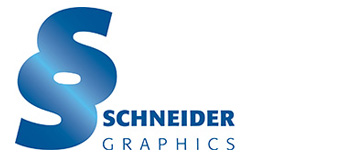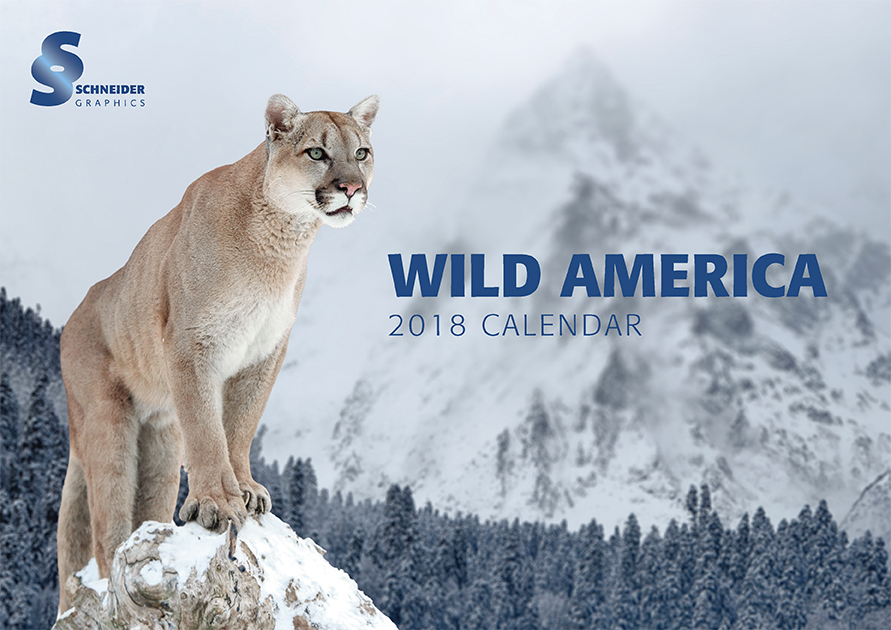Digital vs. Offset
What is the difference between digital and offset printing
Let’s talk about their differences, and where it makes sense to choose one or the other for your next print project.
Digital printing works best when lower quantities are needed; think of a run of 100-500 flyers.
Another benefit of digital printing is its capability of variable data. When each printed piece needs a unique name or address, bar code or numbering, digital is the way to print.
Setup costs are lower.
Print only what you need.
Improved technology has made digital quality rival offset.
Offset printing has its advantages too.
Large quantities can be printed more cost effectively.
Highest possible printing quality, with greater detail resolution.
Offset printing allows larger sized printing sheets and can print many pieces faster than digital printing presses saving per sheet cost.
More choices when choosing PMS or Metallic inks.
Coatings, gloss, dull, soft touch or effects like gloss strike thru.
Folding Tips
Basic folding tips
When setting up folding on your print project it is important to remember to set up the panel that is folding in be .125 smaller.
Below are a few examples of common basic folds.
Folding an 8.5 x 11 to fit in a #10 envelope.
Folding a brochure to 8.5 x 11.
Folding an 8.5 x 11 gatefold.
Folding a roll fold.
Why is bleed important in my print project?
Why is bleed important in my print project?
Bleed is a term in printing that is used to describe a document which has elements that touch the edge of the page, extending beyond the trim edge and leaving no white margin.
It is very difficult to print and trim exactly to the edge of a sheet, so to achieve this, it is necessary to print a slightly larger area than is needed and then trim the paper down to the required finished size.
On press, the artwork is printed on a large sheet of paper and then trimmed to size. If you do not allow for a 1/8 of an inch bleed, any misalignment while cutting will result with the artwork not running to the edge of the paper.
Common bleed is extended .125 beyond the border. This will ensure any art will get trimmed properly.
The same holds true to inside the crops. Please leave a .125 margin inside when using text close to the trim edge.
Paper Choices
There are many different things to consider when deciding which type of paper to print on. Everything from color brightness and image clarity are affected by the kind of paper you use.
Coated vs. Uncoated
Coated papers provide excellent color, smoothness, opacity and print definition. They are ideal for printing projects such as photographs and brochures. Coated papers come in a variety of finishes, the two most common being glossy and matte. Glossy paper reflects light creating a shiny appearance. Matte paper absorbs light creating a non-reflective surface that is easier to read.
Uncoated papers come in a variety of textures and finishes. They have a more natural look and work great for invitations, stationery and business cards. Uncoated papers can have a smooth finish or one that’s more textural like linen and felt. Choosing the right finish for your printed project is important to give it the best overall look and feel.
It is important to know what the final finished application of your printed project will be when choosing a paper. Ask yourself the following questions:
Will the project be mailed?
If so, you may want to add a coating or a varnish to protect your project from damage in the mail. You may also want to choose a lighter weight substrate that will pass easily through postal sorting machines.
Are there many photos?
If you have bright colored photos in your design. Gloss coated paper is better suited for photos while uncoated or matte coated paper is ideal for readability.
Opacity
A paper’s opacity describes the amount of light which is transmitted through it. This determines how much printing will be seen through the reverse side of a sheet. Complete opacity is 100% which means that no light can pass through, while a lower percentage lets more light through. Opacity is important to have in mind when printing booklets, as a sheet with good opacity will prevent ”show through text” when printing on both sides. A paper’s opacity can increase or decrease depending on the use of different fillers, but also by its weight, whiteness or coating.
Brightness
The brightness measures the percentage of a wavelength of blue light that a sheet reflects. It’s typically expressed on a scale of 1 to 100 with 100 being the brightest. Most papers reflect 60-90% of light. The brightness of a paper can effect readability, the perception of ink color and the contrast between light and dark hues.
How is the weight of paper measured?
Paper weight is an important component to consider when printing. Heavier media often conveys quality and provides durability. Unfortunately, sorting through the various methods of labeling a paper’s weight is not always straightforward. First, there are three common methods for specifying paper weight and thickness: U.S. Basis Weight (Bond, Book, Index, Cover, Tag, Points, Offset ), Metric weight (GSM or G/m2) and, often interchangeable, Points or Mils (an actual Caliper reading of the paper thickness).
The U.S. Basis (not basic) Weights, are the most confusing, simply because the same paper can yield different values based on the “Basis Weight” applied while manufacturing the paper. And higher values don’t always equate to heavier/thicker print media. For example, a sheet of 100lb Text paper is actually much thinner than an 80lb Cover stock.
The “Basis Weight” is defined as the weight of 500 sheets of paper in its basic unit uncut size, which means before being cut to Letter size or Legal size, the paper is weighed and categorized. The most common sizes, some of which you may recognize, are Bond, Text, Book, Cover, Index and Tag. An uncut sheet of Bond paper is 17 x 22 inches, while an uncut sheet of Cover paper is 20 x 26 inches. If 500 sheets of Bond paper (17 x 22 inches) weigh 20 lbs, then a ream of paper cut to Letter size will be labeled as 20 lb. And if 500 sheets of Cover paper (20 x 26 inches) weigh 65 lbs, then a ream of this paper trimmed to tabloid size would be marked as 65lb. This may be a lot to grasp, but don’t feel overwhelmed! Often professional printers don’t keep track of all the permutations. Based on experience from using a small subset, they have a pretty good idea of what to expect when reaching for a 24lb Bond versus a 60lb Cover versus a 110lb Index.
Print Checklist
Here’s a Quick Checklist of Info we will Need
Quantity: number of finished pieces. Account for the offset printer’s industry standard that dictates a window of 5% overs or unders.
Page Count
Stock: choose from various weights and finishes of offset, text or cover weight paper.
Color: the number of colors to be printed (full color is CMYK, or 4). Common colors combinations include 4/4, 4/0, 2/2 and 2/0. Be sure to indicate if your margins bleed or not, as well as any special coatings you require.
Coatings: Gloss, Dull, Satin, UV.
Flat Size: width x height. The size of your piece before bindery.
Bindery: folding, collating, binding, die-cutting, finishing, 3-hole drill, shrink wrapping etc. Include instructions or a PDF of your file for more complex projects.
Finished Size: the size of your piece after bindery.
Artwork: let us know how you’ll be providing your native or high-resolution PDF files: via email, FTP site.
Proofs: go paperless by choosing emailed PDF proofs. Need to verify color before printing? Indicate an assembled color proof in your job quote request.
Delivery: store it, ship it, overnight it or send via direct mail. Plus, take advantage of our Fulfillment Center for your on-demand product shipment needs.


